This post will be the first of a four part series where we’ll cover knees, hips, shoulders, and lower back. The intention of these write-ups is to provide you with a few strategies to remain active and continue training when you don’t feel 100%.
Read MoreThis event has allowed us to connect with local businesses, make it into local publications (and therefore making more people aware of our gym), bring our current members, friends, and prospective members together, and offer an opportunity for athletes of all ages and abilities to participate... This post will cover the ups and downs of organizing an event.
Read MorePreparation the morning of and days leading up to a race are dictated by the distance of the race, your experience, nutritional and training habits, and expected effort level. While it is important to hydrate and fuel properly, it is not suggested to experiment with approaches that you aren’t accustomed to the day of the race.
Read MoreWhile our facility is outfitted with a lot of different equipment, this post will reveal what I consider to be the most important pieces to have to operate a high level adaptive fitness program. Before delving into the specifics, having an open floor plan where the coach is able to see all of the athletes training at once is of the utmost importance.
Read MoreThe Single Leg RDL has a handful of strength and stability benefits up and down the kinetic chain. Intrinsic muscles of the foot and major movers in the hamstrings, glutes, and abdominals work in unison to stabilize the ankle, knee, and hip. In order to reap all of the benefits from the movement, understanding the technical aspects is important.
Read MoreVariations of the Floor Press can serve several purposes. They can be used to build up the prerequisite strength needed to perform traditional Push-ups or as an accessory movement to build chest, shoulders, and triceps.
Read More





